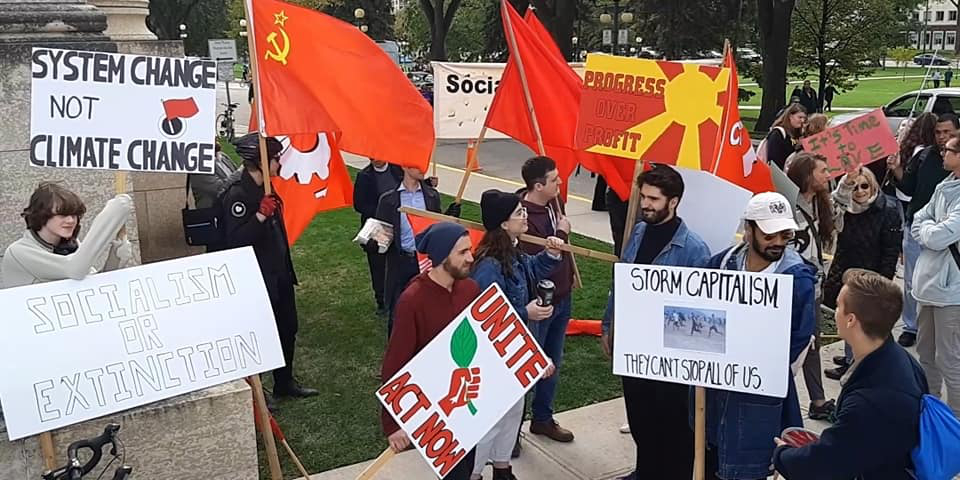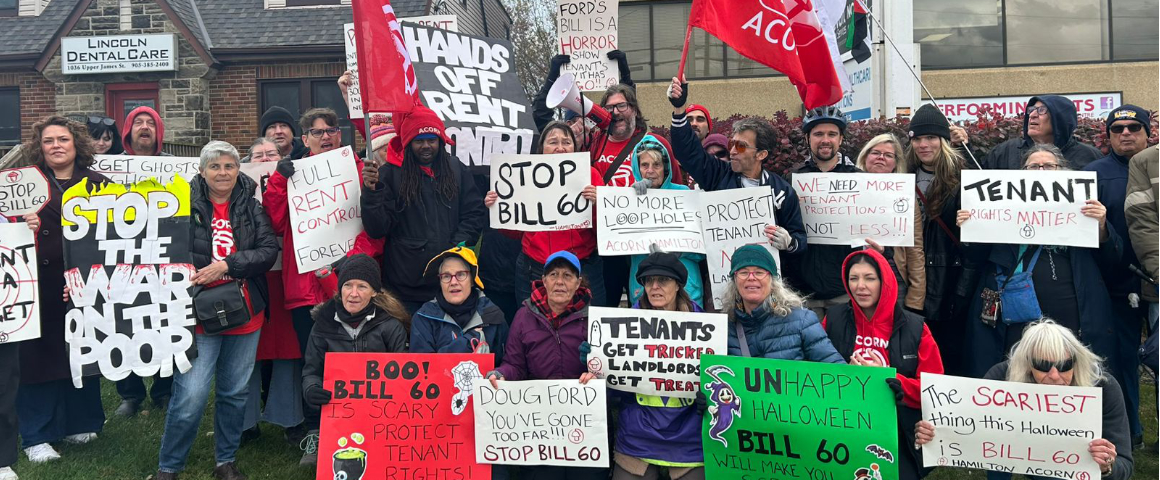PV staff
At last year’s COP26 climate conference, Canada signed the landmark Glasgow Statement and agreed to stop public funding for fossil fuel projects. Such a move would mark a big step toward green conversion, as it would both discourage fossil fuel reliance and free up public funding for zero- or low-impact energy projects.
Unsurprisingly, the government has still not delivered on this pledge. Heading into this year’s COP27 conference, Canada was the world’s largest public financer of fossil fuel projects. On average, $13 billion in public money goes into propping up Big Oil and Big Gas – that’s nearly 40 percent of the total for all the countries who signed the Glasgow Statement.
According to Environmental Defence, the Canadian government has already ponied up $15.6 billion in fossil fuel subsidies this year. Most of that – $12 billion – has gone to the controversial TransMountain pipeline which has been widely opposed by Indigenous nations, environmentalists and others.
So much for the Glasgow Statement.
The other key area of Canada’s apparent climate “plan” is military spending. The Department of National Defence (DND) is expected to soak up around $30 billion this year and the government committed to adding $8 billion on top of already planned increases over the next five years.
By 2026, the expected DND budget will be over $40 billion, ensuring that one of the government’s biggest portfolios will also be its dirtiest (environmentally, at least). According to the 2017 defence policy review, DND “represents more than half of the Government of Canada’s greenhouse gas emissions.” Yet, military bases and operations remain exempt from the government’s emission reduction targets, meaning they are free (and funded) to grow.
All too often, calls for cuts to fossil fuel funding and military spending are met with claims that this will lead to massive job loss. That’s true, of course, if the point of the exercise were to simply cut the budgets. But that’s not the point at all – the objective is to divert public funding from those harmful and high impact areas so that it can be reinvested in socially useful and low impact industries and services. This approach can be a winner in terms of climate justice and in terms of job creation.
Of renewable sources of electricity in Canada, the dominant one apart from hydro is wind power. Construction costs are in the area of $2 million per MWh. From a strictly watts-per-dollar perspective, Canada’s $15.6 billion in fossil fuel funding could instead be used as a one-time expense to build wind farms with approximately 8 GWh of standing capacity. Upon completion of construction (typically two-three years) this infrastructure would immediately eliminate over 55 percent of the fossil fuel electricity generation in Canada. A 50 percent cut to the bloated military budget would provide funding to eliminate the remainder of fossil fuel generation.
But what does this mean for job creation? Without a doubt, building electrical infrastructure has a compound effect on industrial development, far beyond what military procurement can ever boast. The recent Henvey Inlet Wind Power development cost around $1 billion and employed more than 1000 workers on site during its construction period of 1.5 years (which, in turn created about $25 million in direct economic activity for the local community). Ongoing operations sustain 20 on-site jobs.
Similar wind farm projects have comparable job creation figures per dollar spent, so it is reasonable to assume that the $15.6 billion reinvestment of fossil fuel subsidies would generate in the area of 15,000-16,000 jobs during construction. The estimated number of sustained jobs (after construction) would be lower, around 300. However, since electricity infrastructure is both a revenue generator and an industrial stimulant, the spinoff effect would be strong.
This is the kind of working-class approach to environmental and climate justice that we need. Unfortunately, the Canadian government isn’t taking this path, and is instead committed to making grand pronouncements while continuing to funnel public money into the planet-killing coffers of the fossil fuel giants.
The question for labour and progressives is, “How do we change this?”
Simply put, the labour movement and its allies (especially Indigenous people and peace and environmental organizations) must unite and mobilize around a combination of economic and political positions that put working people and the environment ahead of profits. These positions include a commitment to decarbonizing the economy through decisive government intervention; a labour policy that is centred around creating well-paid union jobs in sustainable industries, a foreign policy based on peace and disarmament rather than militarism and aggression, including withdrawal from NATO; a shorter work week with no loss in take home pay and job and income guarantees for workers displaced through a green conversion.
These kinds of positions are absolutely essential to achieve anything approaching climate and environmental justice with some semblance of fairness for working people, their families and their communities. But they will not be achieved without a mass struggle, led by labour in alliance with Indigenous people, the environmental movement, peace organizations and many other groups.
The alternative is for the government to prioritize fossil fuel corporate profits and arms spending, continuing the massive shift of wealth from working people to the ruling elite and imperiling humanity in the process.
Get People’s Voice delivered to your door or inbox!
If you found this article useful, please consider subscribing to People’s Voice.
We are 100% reader-supported, with no corporate or government funding.




